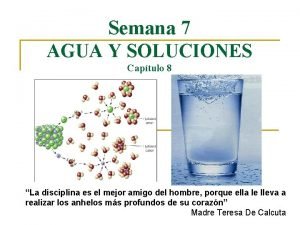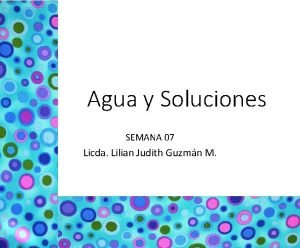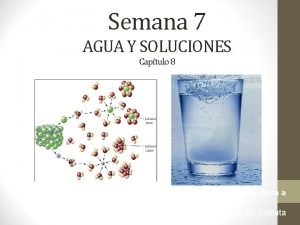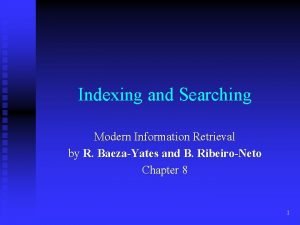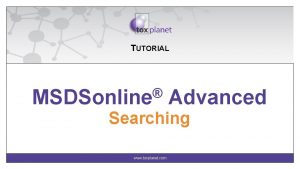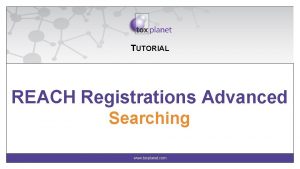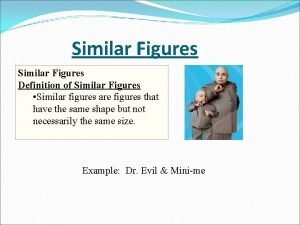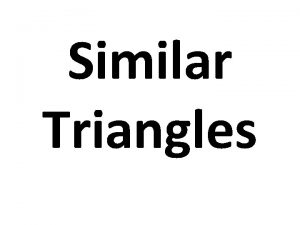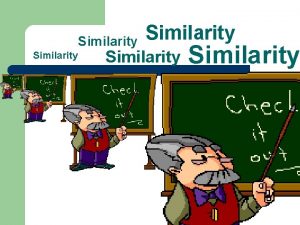TUTORIAL Similar Compounds Searching www toxplanet com Similar









- Slides: 9

TUTORIAL Similar Compounds Searching www. toxplanet. com

Similar Compounds is Tox. Planet’s feature that fully automates the process of searching for chemical analogs. This proprietary functionality allows for instant identification of structurally similar compounds. In this tutorial, we will look at how to search using Similar Compounds.

To search using Similar Compounds, begin by conducting an EXPERTIndex search. Start by clicking the EXPERTIndex™ button on the left side of the screen. This brings up a search box and several searching options (Starts With, Exact Match, and Contains). The “Starts With” radio button is enabled as it is the default setting.

Enter the desired search term in the search box (for example, “phenol”), select a search option (for example, “Exact Match”), and click the Submit button to execute the search.

If there is an exact match in the EXPERTIndex, the system retrieves the Chemical Identity page for the substance. Select the Similar Compounds Tab to search for similar compounds.

Clicking the Similar Compounds tab returns a list of chemical compounds similar to the compound in your initial search. This display also provides additional information, including Similarity %, CAS Registry Number, Molecular Formula, Molecular Weight, SMILES Notation, In. Ch. I Key, as well as the number of compounds in the results list. You can navigate the results pages using the page number buttons, or by clicking “Prev” or “Next". By clicking on a compound in the result list, you will be able to view its Chemical Identity page (when available) and access all full-text documents available for compound. Current page results can be printed by clicking the purple PDF icon, and all results can be printed by clicking the orange PDF icon.

Similar Compounds utilizes the Tanimoto coefficient, which mathematically calculates the degree of similarity between structures. By default, the level of similarity in the results is set at 90% (meaning the results shown are those with 90% structural similarity or greater). The level of similarity (and, in turn, the number of results) can be adjusted using the slide bar. You can also adjust the sort order and page size for the results using the corresponding radio buttons.

Adjusting the Threshold with the slide bar allows you to narrow or broaden your search requirements. In this example, changing the Threshold from 90% to 100% displays only those compounds that are 100% similar to the chemical in the original search. There are fewer results (6 results at 100% vs. 111 results at 90%) due to increased specificity.

For more information, visit our website toxplanet. com




